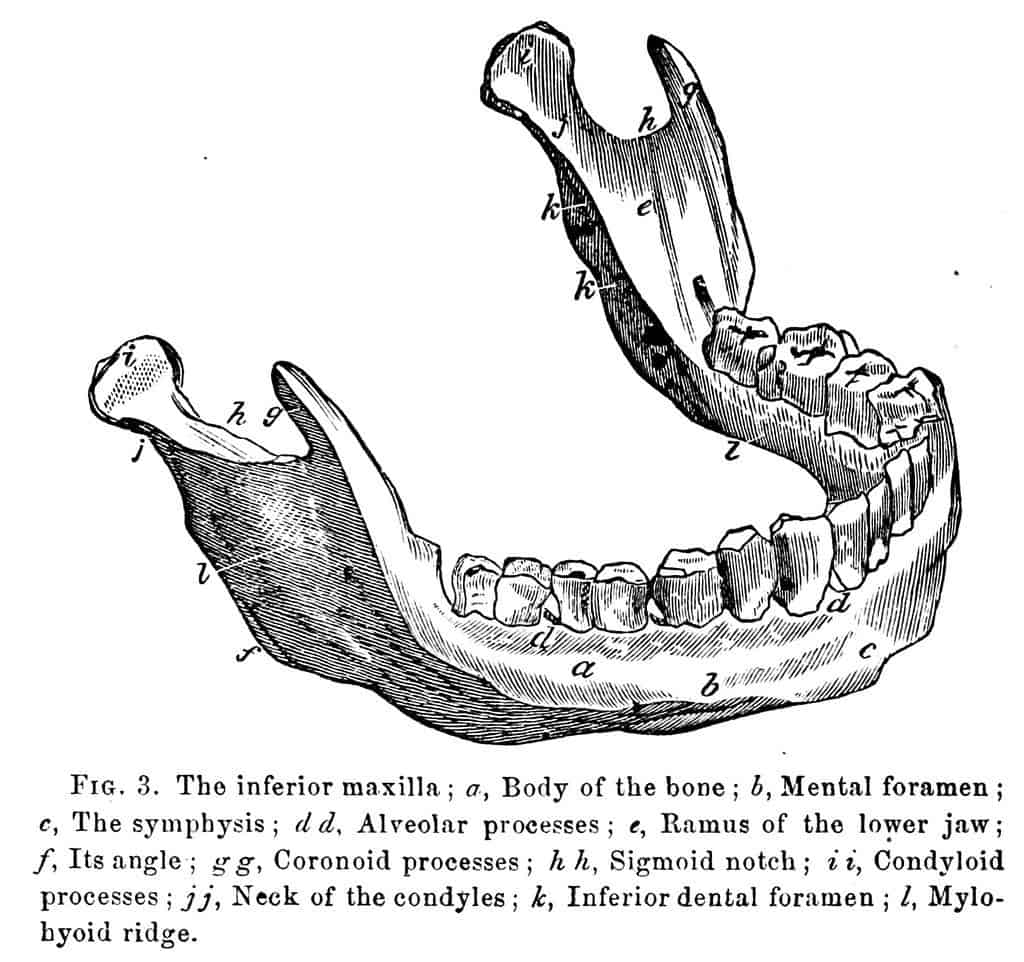You may be wondering, what the heck is auditory bone conduction, and what does hearing have to do with teeth? Those are great questions. This second installment of our music in dentistry blog explores this amazing anatomical phenomenon: how our teeth can help us hear.
Auditory bone conduction explained
Bone conduction is the transmission of sound vibrations to your brain through the cranial bones (as opposed to air conduction). Most frequently, we perceive sound when our ears translate sound vibrations in the air into neural signals in our brain. But we can also perceive sound through conduction via the bones in our head.
Listening with your teeth
If there is something wrong with your middle ear (where your ossicles– the tiniest bones in your body– reside), or inner ear (whose hearing apparatus is known as your cochlea), bone conduction can usher sound from the outside world to your brain. How does this work?
New technological breakthroughs in bone conduction hearing implements have brought us the BAHA: the bone anchored hearing aid. It works by enhancing bone transmission to use as the pathway for sound to travel, thus bypassing the external auditory canal and middle ear, and bringing sound waves directly to the internal ear or the brain. This mode of hearing aid is so connected to the teeth and jaws of patients that one patented product is called SoundBite™!
Remember this, and be the star of your trivia team
In addition to changing the lives of individuals affected with hearing loss, conductive hearing is also responsible for how we hear our own voices (check out this interesting BBC story to learn more about this). Lower sounds transmit better via bone, which is why our voices sound “higher” on recording than we perceive them to sound in real life. It is also why the dentist’s drill or electric brush sounds so loud, but no one else in the room appears bothered!
We hope you’ve enjoyed this small exploration into how interconnected our bodies are! For more news, keep checking our blog, and be sure to ask about our latest findings with Dr. De Graff at your next appointment!
Photo Credit: CircaSassy via Compfight cc


